Hwang Seonsaeng (황선생)
11.7Km 2021-03-18
19-2, Daemyeong-gil, Jongno-gu, Seoul
+82-2-744-3301
This is a Asian restaurant located in Daehak-ro, Seoul. Try a variety of Thai dishes. The best menu at this restaurant is pad Thai.
Mecenatpolis Mall (메세나폴리스 몰)
11.7Km 2024-02-21
Yanghwa-ro 45, Mapo-gu, Seúl.
Of one book and stay / 일독일박
11.7Km 2025-08-11
11-1, Pirundae-ro 3-gil, Jongno-gu, Seoul
This hanok (traditional Korean house) is located in Seochon Village near Gyeongbokgung Palace. It is a modern C-shaped hanok centered around the inner courtyard, which is the first thing that the guests see after entering through the gate. While it is not expansive, white pebbles and a foot bath make this hanok a unique one. One can enjoy a foot bath while sitting on the porch.
The bedroom, which is located beyond the living room, is furnished with a queen-sized bed. Opening the screen doors brings one to the view of the kitchen area beyond the inner courtyard. A large table, plush sofa, and a small bookcase make the space ideal for books and discussions. Climbing the wooden ladder to the side of the kitchen brings one to the attic, which also doubles as a Korean-style room with a skylight. The kitchen is furnished with a refrigerator, microwave oven, gas stove, electric kettle, toaster, pots, utensils, wine glasses, and bottled water. There is a restroom with a bathtub. The standard occupancy of the house is 4 people.
Seochon Guest House [Korea Quality] / 서촌 게스트하우스 [한국관광 품질인증]
11.7Km 2023-04-07
28-3, Jahamun-ro 7-gil, Jongno-gu, Seoul
+82-010-3345-9680
Seochon Guest House is located in Seochon, which is becoming a hot place for tourists in Seoul, and precisely on the road to Suseong Valley, whichis filled with interesting stores and is also well-known for Park Nosoo Art Gallery and the House of Yun Dong-ju (poet). Seochon Guest House is nicknamed ‘Jaeminangol (interesting village)’ after Baekseok’s poem ‘Yeowunangol’, with the aim of providing a visit full of interesting experiences. Passing through a garden and entering the main building, the unique charm of this hanok building, the staircase to get to the first floor from daecheong (main floored room), catches the eye of the visitors. In addition, the building is decorated with various stylish objects including paintings and Korean musical instruments. The terrace situated on the first floor offers an open view of the surrounding area including roof tiles of hanok structures and alleyways in Seochon. It is said that Korean novelist Yoon Hu-myeong also appreciated the structure of the guesthouse, saying, “It is an interesting place.” Built in the 1930s, the house, which has many storage places, was taken by the owner couple in spring 2014 as they were attracted by the house during their trip to Seochon. After the repair work, the ground floor of the house was opened for guests from January 2016, hoping that guests could share their daily experiences and stories with each other. The guestrooms and the main floored room on the ground floor are open to guests, with the exception of the first floor, which is used by the owner couple. The living room is equipped with books, a curved TV, and a table. The tasty meal, which is served in the kitchen, consists of rice and soup with six side dishes and is much loved by guests. The guesthouse offers a total of four rooms – Jae Room, which is the most Korean-style room; Mi Room, which has a combined style of a Korean-style room and Western-style room; Nan Room, which is an ideal room for meditation with a beautiful paper window; and Ahn Room, which is equipped with a veranda and a pretty flowerbed. Every room has its separate charm with various comfortable bedding to provide a quiet and cozy bedroom for guests in the middle of the city. Furthermore, the guesthouse holds a pansori (epic chant) performance twice a year. The owner started learning how to sing pansori to promote the Korean culture and tradition to foreigners. When a pansori performance is held, the owner offers traditional Korean snacks and drinks including sikhye (sweet rice punch), sujeonggwa (cinnamon punch), traditional sweets and cookies, and tteok (rice cakes) to visitors, tourists, and performers. Moreover, it provides cultural programs such as a Gukak (Korean classical music) experience, Korean traditional clothes experience, and making Korean food experience, as well as other activities with guests, such as trip to the city wall between Inwangsan Mountain and Bugaksan Mountain, and the Royal Palace Tour to Gyeongbokgung Palace, etc., as well as a trip to a traditional market.
Puerta de la Independencia (Dongnimmun) (독립문)
11.7Km 2022-12-15
Tongil-ro 251, Seodaemun-gu, Seúl.
Dongnimmun se halla en un lugar conocido originalmente como Yeongeun, en donde otrora se trataba a los enviados oficiales. Cuando un enviado chino hacía una visita, el rey salía a través de esta puerta para recibirle. Fue construida en 1897, para anunciar la independencia de China, quien había influido en Corea durante mucho tiempo, y de Japón y Rusia, quienes acechaban al país.
Las expensas de la construcción fueron recaudadas como contribución por los ciudadanos coreanos. Los vestigios del pasado todavía permanecen en Dongnimmun. Los dos pilares enfrente de Dongnimmun son los restos de Yeongeunmun.
Si comparamos Dongnimmun, puede evocarnos al Arco del Triunfo de Francia, ya que este último se tomó como modelo para su construcción. Dongnimmun fue edificada con un muro de granito, y hay un pasillo con una altura de 14,28 metros. En lo alto está escrito “Dongnimmun” en coreano, con la bandera nacional dibujada a cada lado. En el lado interior izquierdo hay escaleras de piedra que conducen al ático. La flor nacional, mugunghwa, está plantada alrededor de Dongnimmun. Ahora está rodeada por carreteras y es llamativa a la vista cuando se pasa por allí.
Whale forest (고래의숲)
11.8Km 2021-03-18
136, Dongsung-gil, Jongno-gu, Seoul
+82-70-7543-3313
A restaurant serving Korean-style western dishes. The best menu at this restaurant is house-made pork loin cutlet. This is a Japanese cuisine located in Daehak-ro, Seoul.
PAULIN PANCAKE - Daehakro Branch(폴인팬케이크 대학로)
11.8Km 2021-04-15
136, Dongsung-gil, Jongno-gu, Seoul
+82-2-332-8952
Souffle pancake is a popular dessert in Korea. The best menu at this restaurant is souffle pancakes. This is a cafe located in Daehak-ro, Seoul.
Cheonghaejin (청해진)
11.8Km 2025-05-14
33 Seongnae-ro 6-gil Gangdong-gu Seoul
+82-2-484-1551
It is a 100-year-old store that has been loved by customers for a long time while maintaining its reputation for over 30 years. This Korean dishes restaurant is located in Gangdong-gu, Seoul. The representative menu is seafood pancake.
Podam (포담)
11.8Km 2021-03-22
11, Jahamun-ro, 9-gil, Jongno-gu, Seoul
+82-2-733-0831
A store featured in Korean gourmet programs. This Chinese (cuisine) restaurant is located in Jongno-gu, Seoul. The most famous menu is dim sum.
Mercado Folclórico de Cinco Días de Moran (모란민속5일장)
11.8Km 2025-06-18
Dunchon-daero 68, Jungwon-gu, Seongnam-si, Gyeonggi-do

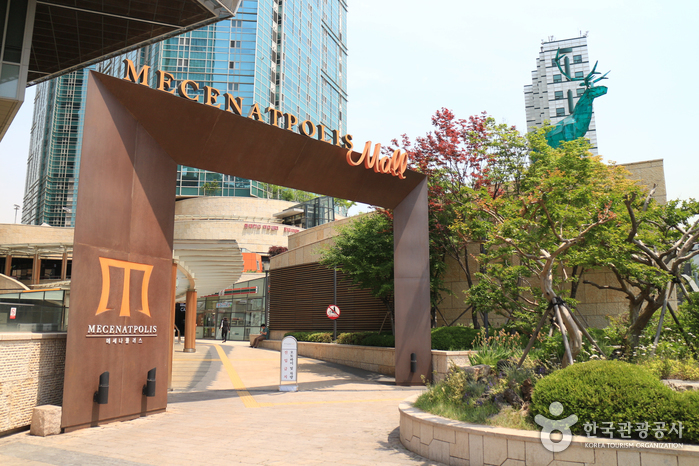
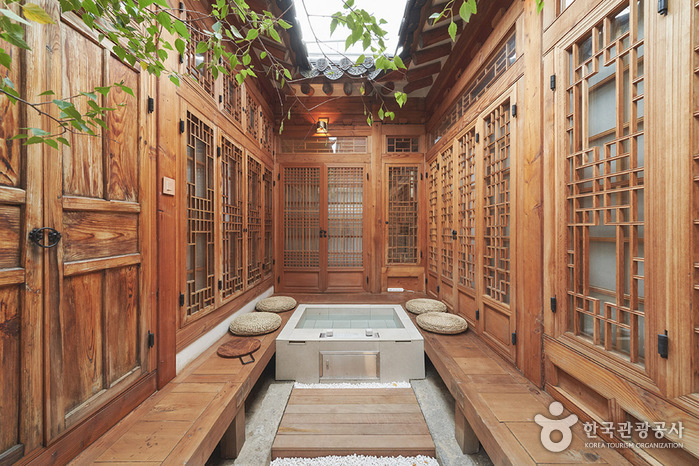
![Seochon Guest House [Korea Quality] / 서촌 게스트하우스 [한국관광 품질인증]](http://tong.visitkorea.or.kr/cms/resource/41/2447241_image2_1.jpg)

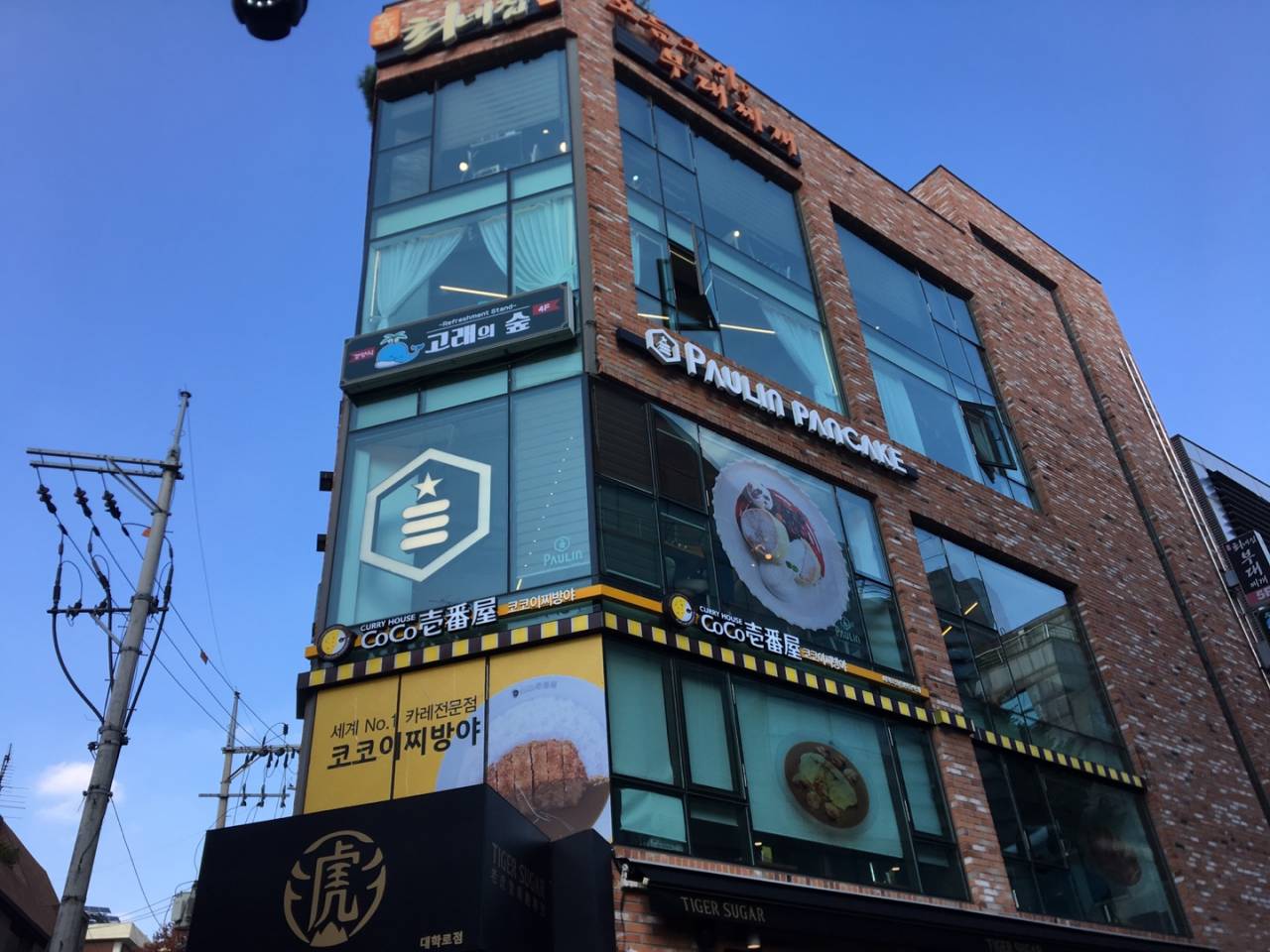
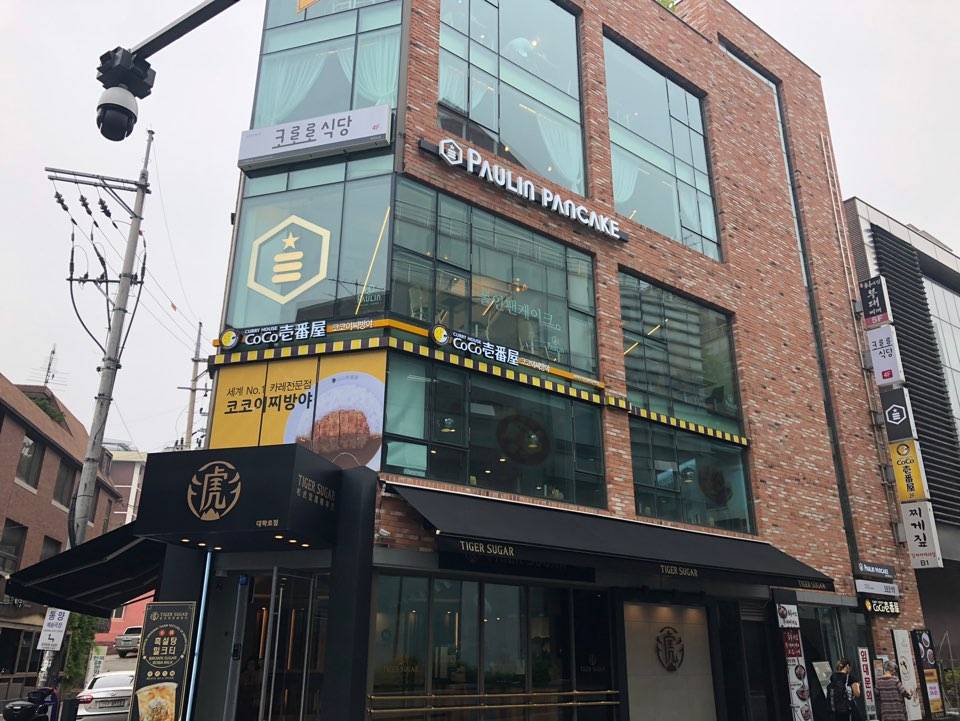
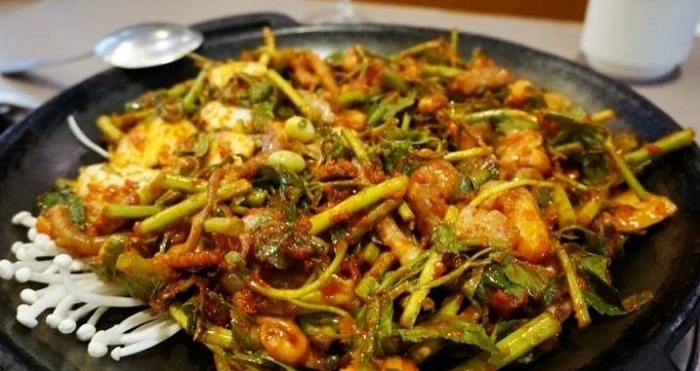
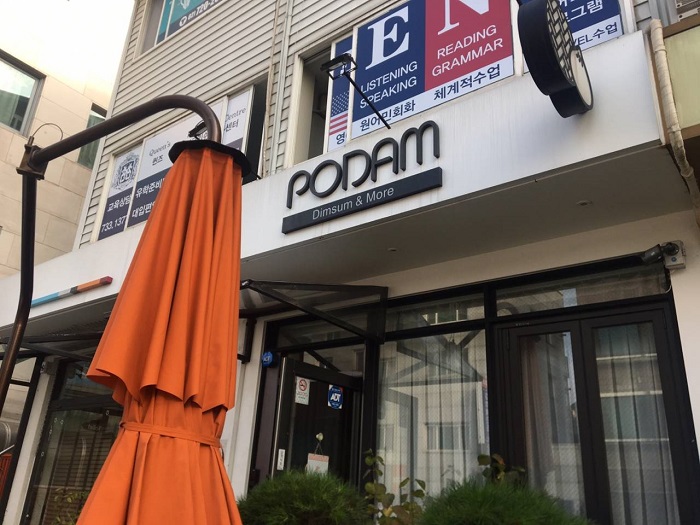
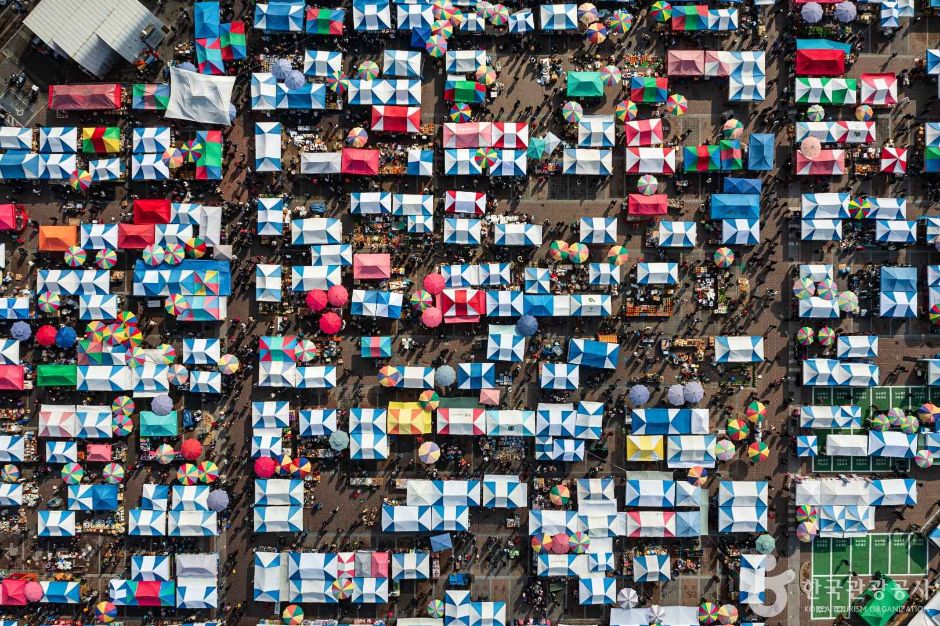
 Español
Español
 한국어
한국어 English
English 日本語
日本語 中文(简体)
中文(简体) Deutsch
Deutsch Français
Français Русский
Русский